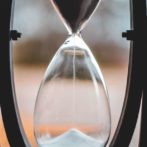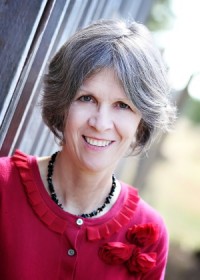Snapshots of Dementia: People Who Need People
Photo by Shirley Mitchell on Unsplash The truth of this Streisand classic has resounded in all our hearts over the past two years-plus. I knew the enforced time at home would prove more challenging for Tom (the original “E” in extrovert) than for me, the confirmed introvert. When the lockdown ended and we began getting out again, the joy I saw in his face and heard in his voice convinced me that we are indeed people who need people—and we would do our best to stay safe, but social. I’ve written about the blessings of family and how much we treasure time with our five children, our two sons-in-love, and our grandson. We thank God for them every day, and as I wrote in last week’s blog, we couldn’t have survived the pandemic (especially the adventures of 2021, which I’ll share in an upcoming post) without them. We’re also grateful for extended family across the country (you know who you are, and we love you). In addition to family, I am increasingly grateful for friends, who continue to give us the kinds of gifts we hold close in our hearts. Below, I list only a few: — The friend who sends Tom brief notes with links to cartoons that mesh with the quirky sense of humor they share. Tom rarely looks at email these days, but he does pay attention to those. Better yet, they make him smile. — The college friend of Tom’s who visited us early in the lockdown. He lived in Michigan, so when Tom told me he would be in the area for the weekend and wanted to stop by, I was sure this Reservist must have a military event. Only partway through his visit did I realize: There was no military event. Our friend had driven hours from home, spent the night in a motel, then driven several more hours that morning to reach us—only to drive all the way back to Michigan that same day. That’s more than friendship. That’s the sacrificial love of Jesus. — A missionary friend from several states away whose husband also has a frontal-lobe dementia. She and I had only met online until she went out of her way to stop by in person, also during the first phase of the lockdown. Even our quick side hug on my front porch meant a great deal to me—but as not as much as the prayers, hard questions, and support from someone whose path looks startlingly similar to my own. She brought me a sunflower, a lovely metaphor for the brave beauty that stands and shines through even the darkest of circumstances. — The college friend of Tom’s who messaged, then called...
Read More







